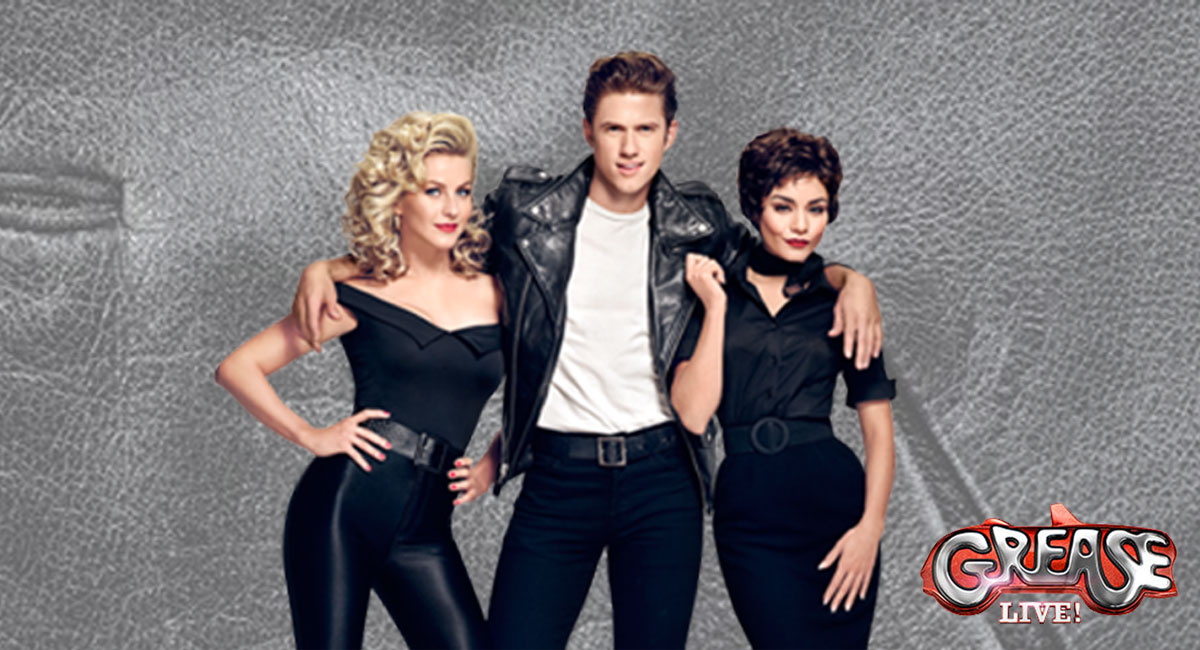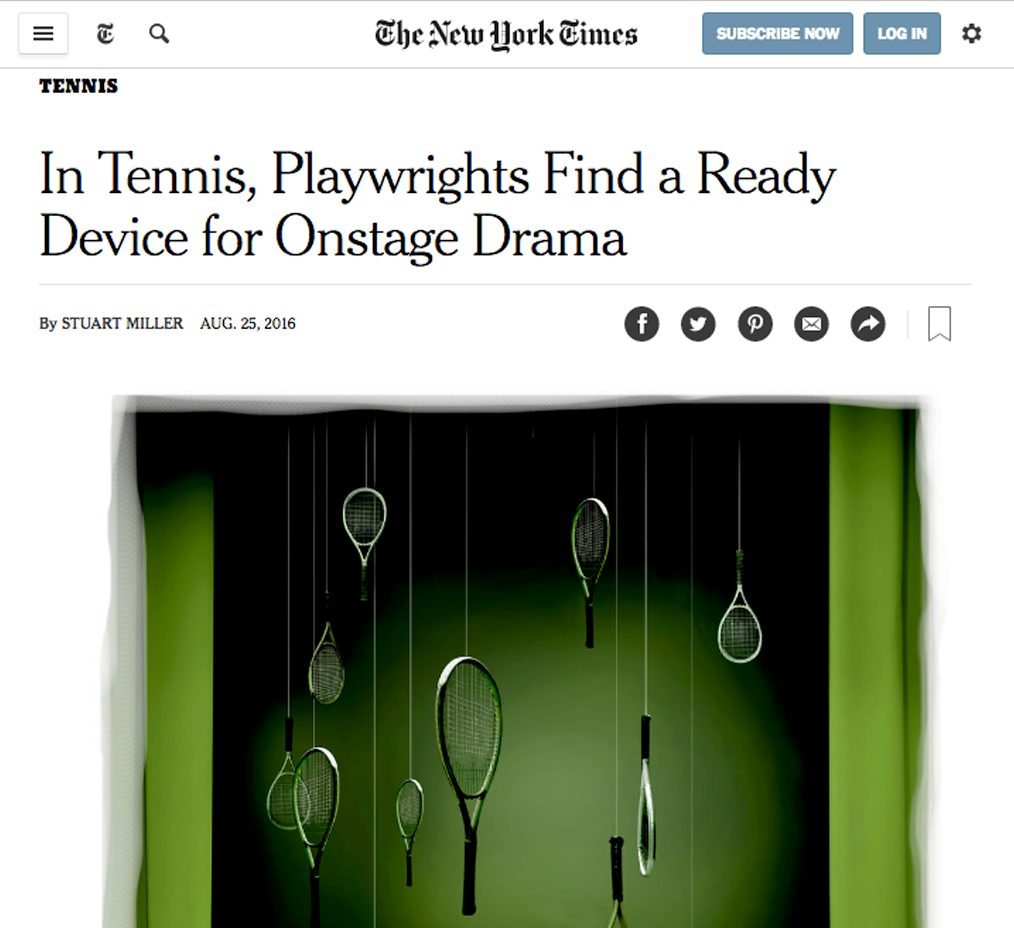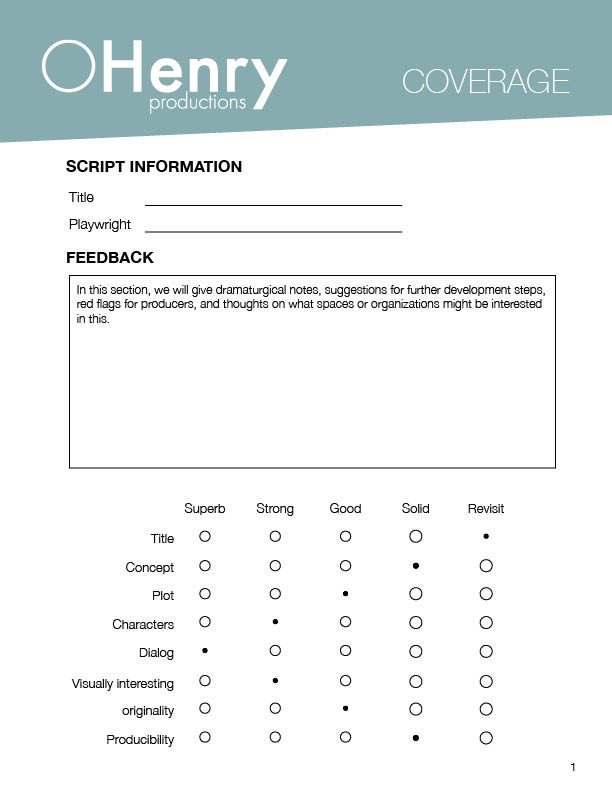“Grease Live” was the best live musical telecast to date. We look at what Grease Live’s success can tell us about making these telecasts successful in the future.
What director Tommy Kail and the rest of the “Grease Live” team did right is they realized that you cannot just stick a camera in front of a stage musical and expect it to work on TV. They took lessons in musical theater from Broadway, while staying true to and playing to the strengths of Television as a medium.
The two biggest differences between stage and screen are first, that things on stage happen live (which the NBC has gotten right from the beginning), but second that there is no barrier between performers and audience. Those on stage effect and are affected by those in the audience and vice versa. In the age of immersive productions like Sleep No More, Then She Fell, and Queen of the Night, this interaction has taken on a new meaning, but even in more traditional shows, actors hear you laugh and applaud (or not) and they respond to this.
By including a live audience, “Grease Live” fixed a problem that NBC’s telecasts have had. It’s not even about the fact that I could hear the audience laugh at a punch line (which, sadly, they could have done more of). What it was about was that I could sense a performance that was dynamic because, as on Broadway, I would have seen a different show (however slightly) on another night with a different audience. The actors were able to play with living, breathing viewers. 
Tommy Kail knew exactly what he was doing by using his live studio audience when and where he did. One of the best moments being Jordan Fisher’s serenading of a bleacher full of teenage girls swaying along to “Those Magic Changes.”
Fox took interaction with the audience a step further. A very weird step further; by having Mario Lopez act as ‘host.’ I’m not sure I can say I support having a host of a musical, but it gave the viewers at home the sense that we were in on the action, and interacting with the show in the same way we would have in a theatre. I can’t think of another way for them to have done that, so until someone figures that out I’m putting the strange decision to include a host into the Grease Live “#winning” category.
Another big win: those backstage shots going into commercial breaks. In the theater, there is a charming hint of our make-believe world not actually being real in that we see sets fly in and out, and actors move set pieces into their spiked positions. It is this quality that makes the theater such a spectacle – we get to see Christine’s dressing room slide off stage and transform to the Phantom’s underground lair – “Wow! Amazing!” In movies we don’t usually get that. We get Leo battling a CGI bear in the rustic Canadian wilderness. That’s not spectacle – its just pretty “cool.” The decision to let us see some backstage fun during the telecast gave us the theatrical feeling of spectacle.
And then there was that curtain call – God was that brilliant. There is nothing quite like sitting through a musical, and then watching the cast celebrate. You sit (or hopefully stand) there clapping and it feels like you are in on the celebration. After a three hour live performance, giving credit where credit is due is a necessity. Including a festive curtain call number was so clutch.
I can go on and on about the things Tommy Kail and his team of Broadway vets brought from NY to Hollywood that made the broadcast really special, but what these New Yorkers decided to steal from Hollywood was probably the key ingredient. What really set “Grease Live” apart was that this team knew that television is NOT the same as the theater, and that there are certain strengths to the TV form which aren’t found in theater.
“The Wiz Live,” though one of the most applauded of the live TV musicals to date, I thought fell flat on its face. There were many reasons but the absolute biggest was that they built The Wiz for a precinium stage and then stuck TV cameras in front of it. And yes, this worked for the final cast taping of Rent, and the live taping of Billy Elliot, but that’s because those were meant to capture and distribute the stage version of those musicals. These live TV musicals are new productions made for TV.
On TV, you can put cameras in the middle of a gymnasium, and you can cut from a shot of a teen sleepover to a day-dreamed run way. Compared to live theater, the screen’s biggest creative advantage is that you can move the audience instead of having to move the set. Other TV musicals have shied away from using this key strength to their advantage. I’m guessing that was because it defies a central tenant of theatrical productions, but if you aren’t willing to use the tricks of TV to your advantage, why do the show on TV at all. Go see the show.
Kudos to the team for figuring out how to marry the strengths of both stage and screen. The bar is set high for the future of live musical broadcasts. I hope the next team to work on one finds even more ways to get the best of both worlds.




Join the conversation